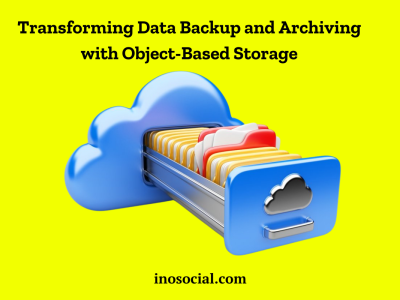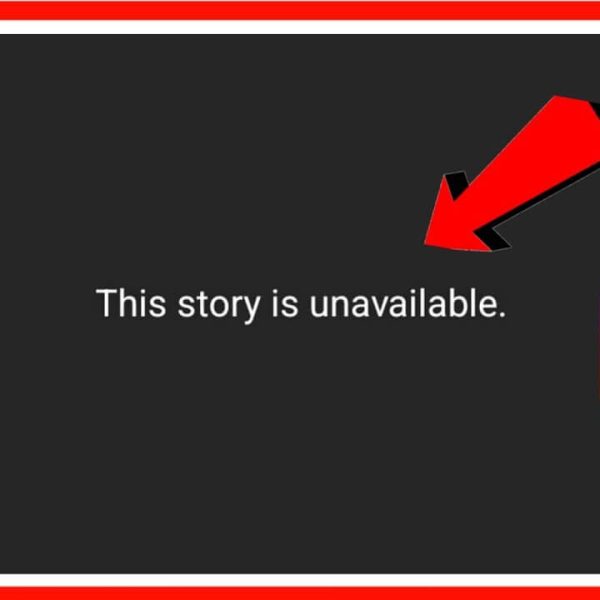
There’s a lot of hard work that goes into creating a new product. From tossing out ideas to spending endless money, the process can be overwhelming. After all, there’s a lot more to product launching than browsing through Cox internet packages that will save you costs.
While the entire process may seem daunting, it doesn’t have to be. If you break down your process into several parts, you can easily achieve your goal. Whether you’re a startup launching its first product, or an experienced employee pitching a new idea, you don’t need to worry. After all, you’ve already taken the first step: deciding to create! After this, you simply need to cover some basics to arrive at your first product prototype. Therefore, don’t be afraid to leap. If you’re feeling lost, here are five steps that you must follow.
#1 Research and Brainstorm
All good things start as a simple idea. Before reaching your end goal, you must focus on the present. And remember: there are no limits! No idea is too far-fetched or too simple. The key is to have something to build upon. So, don’t restrain your thinking. Instead, give yourself free rein to imagine a wide range of possibilities. There is no correct way to brainstorm, but it helps to allot time to think up ideas. Force yourself to come up with creative ideas and then jot them down.
If you’re facing a mental block, then break the task further down. Start by asking yourself what you hope to achieve with your product. Is there a specific problem that you want to solve? Or is there a certain group you want to target? Whose interests or needs are you catering to? Once you answer these questions, you will get a sense of direction. After this, all you have to do is conduct some thorough research. You can look up all that is already available that relates to your questions. This will help you identify gaps in the market.
Moreover, it may give you even more ideas! Once you see the variety of products already available, you can rule out what you don’t like. For example, if you research a product’s specs and find them weak, then you can note down precisely what to avoid. Also, you can narrow down your ideas by thinking like a consumer. When you conduct market research, ask yourself what exactly you are looking for. Then, you have to create just that!
#2 Sketch It Out
The next step is to put your ideas to paper. Or a computer screen—your call! Whether you’re using a pencil or a stylus, you need to translate your idea into a tangible sketch. Only then you’ll be able to visualize exactly what you want. This step may take you a while, but it’s the most important one!
You can’t simply create a product without a plan. When you draft some sketches, you get a map to follow. Moreover, you can use this stage to determine all your product details. For instance, you can think of materials, quantity, and dimensions you want to use.
#3 Create a “Proof of Concept”
A proof of concept is exactly what it sounds like. Once you have your concept sketched out, you need to create a model to prove what it looks like. If you have drafted your design on a computer, you can convert it into 3D. After that, you can get a 3D print that you can touch and feel.
This model doesn’t have to be true to size. However, it should be close to what you had in mind. If you think that something just doesn’t seem right, you can always go back and tweak it.
#4 Build Your First Prototype
After you are satisfied with your proof of concept, you need to work on the real deal. That would be your first prototype. In creating this, you will bring your concept to life. Therefore, you should create it with the assumption that it’s the final product. This way, you will execute all that you have in mind.
From the size to the material, create a prototype that uses all your initial choices. Only then will you realize what exactly your product would look like. This stage is very crucial as you get to hold, use, and review the sample product.
#5 Revise and Finalize
Finally, you can work towards your end product. After testing out your first prototype, you will make all necessary changes here. By making revisions as needed, you will have the first version of your final product. In this step, you basically tidy up your earlier prototype and tie everything together with a bow.
The prototype you create here should be production-ready. Therefore, this is the version that you’ll sell to your market. Once you’re done, pat yourself on the back. The journey to get here may be tough, but it’s definitely worth the effort.












